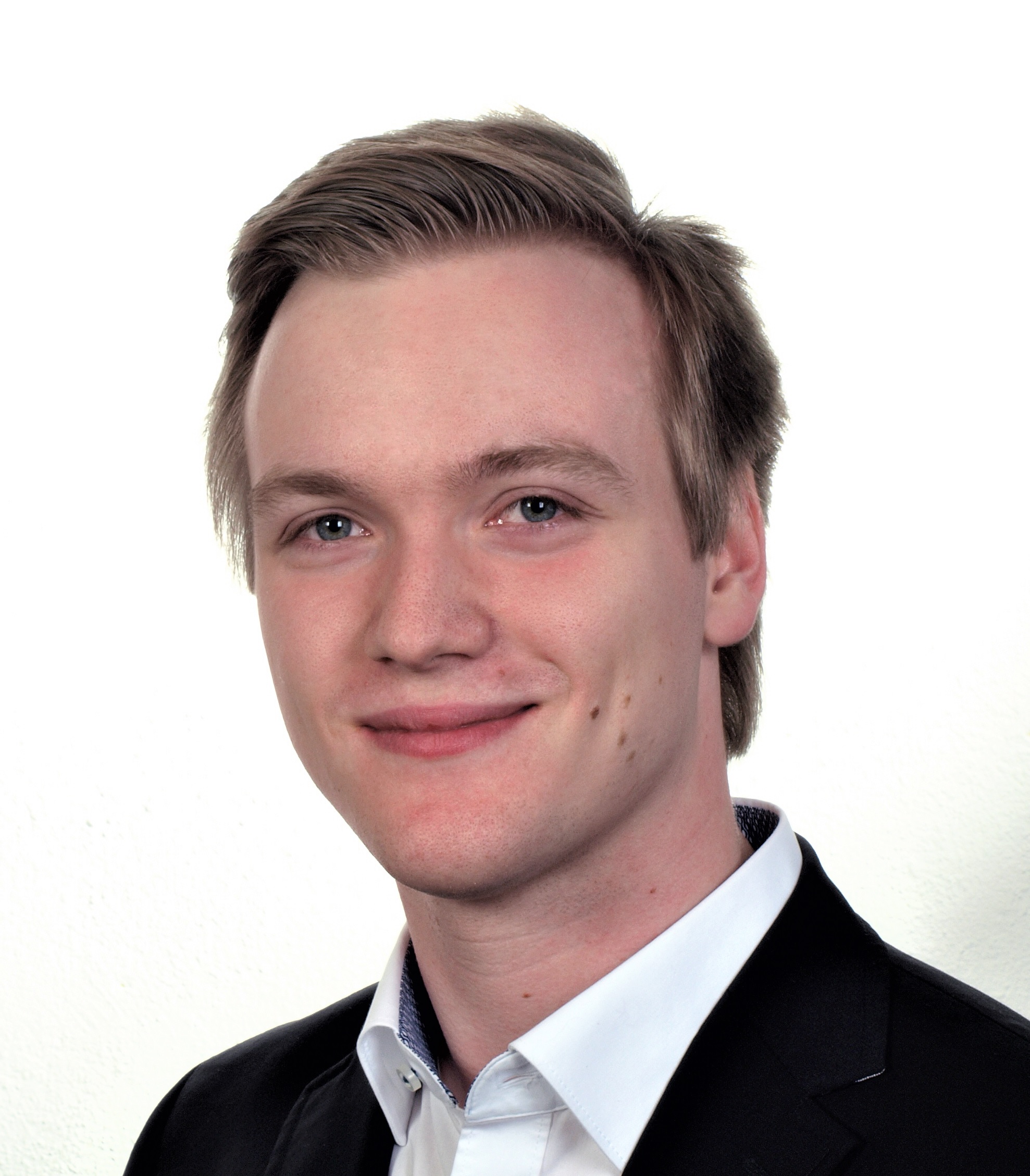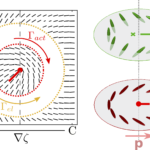 Institution: University of Oxford
Institution: University of Oxford
Position: PhD Student
Master Degree: Theoretical Physics, University of Edinburgh, Scotland, UK
Summary information:
I am currently doing a DPhil in Theoretical Physics about emergent phenomena in non-equilibrium, active matter systems in Julia Yeomans’ group. Previously I studied MSc Theoretical Physics at the University of Edinburgh. In my master thesis I investigated different mechanisms of stem cell differentiation. My academic trajectory initially started in Heidelberg, where I studied BSc Physics and worked on the stochastic dynamics of cell adhesions.
Research interests:
My work focuses on the non-equilibrium dynamics of active fluids and interfaces. We use a hydrodynamic theory of nematic liquid crystals to understand the dynamics of many biological systems, such as emerging flows in the cell cortex or the organisation and morphology of cell colonies and cell aggregates. Besides the biological relevance, our research is also of interest for microfluidics and the design of micro-machines.
Latest News (all news about Liam Ruske)
 Activity-driven tissue alignment in proliferating spheroids on arXiv August 21, 2022
Activity-driven tissue alignment in proliferating spheroids on arXiv August 21, 2022 Presentation by Liam Ruske at Current and Future Themes in Soft & Biological Active Matter, 5 August 2022 August 5, 2022
Presentation by Liam Ruske at Current and Future Themes in Soft & Biological Active Matter, 5 August 2022 August 5, 2022 Liam Ruske participates in Current and Future Themes in Soft & Biological Active Matter, 01-19 August 2022, Stockholm August 1, 2022
Liam Ruske participates in Current and Future Themes in Soft & Biological Active Matter, 01-19 August 2022, Stockholm August 1, 2022 Activity gradients in two- and three-dimensional active nematics July 13, 2022
Activity gradients in two- and three-dimensional active nematics July 13, 2022 Liam Ruske presented a poster at the Active and Intelligent Living Matter conference, 26 June – 1 July 2022, Erice, Italy July 1, 2022
Liam Ruske presented a poster at the Active and Intelligent Living Matter conference, 26 June – 1 July 2022, Erice, Italy July 1, 2022- Liam Ruske gives a talk at the CECAM Computational methods and tools for complex suspensions workshop, 23-27 May 2022, Bilbao, Spain May 27, 2022
 Round Table on the Universality of Active Matter: from Biology to Man-made Models September 20, 2021
Round Table on the Universality of Active Matter: from Biology to Man-made Models September 20, 2021 Round Table Discussion on Introduction to Theoretical Active Matter September 7, 2021
Round Table Discussion on Introduction to Theoretical Active Matter September 7, 2021 The Active Matter network has a new logo ! June 28, 2021
The Active Matter network has a new logo ! June 28, 2021 Morphology of active deformable 3D droplets published in Physical Review X April 1, 2021
Morphology of active deformable 3D droplets published in Physical Review X April 1, 2021
